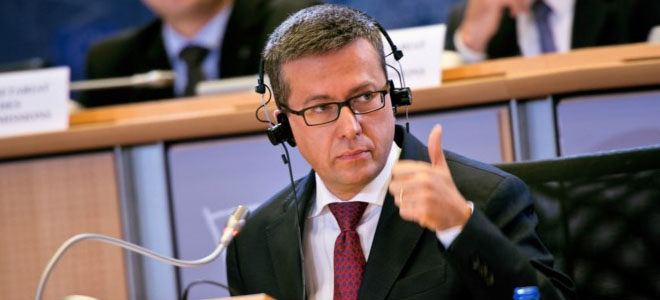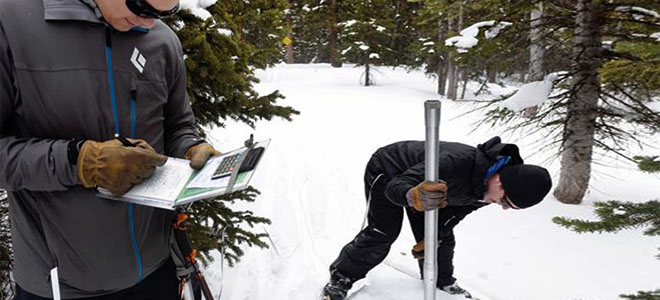Science
May 22, 2015
The European Commission extended an olive branch to the scientific community on 13 May. Surrounded by six Nobel laureates, commission President Jean-Claude Juncker announced his long-awaited plan to restructure the commission’s scientific advice process—and tried to reassure scientists that policymakers in Brussels will take their views seriously. Under the commission’s new Science Advice Mechanism, a high-level group of seven scientists will channel the input of national academies and learned societies to give the commission the best scientific advice.
The announcement ends months of suspense. When Juncker took office last November, he didn’t renew the position of chief scientific adviser (CSA), then held by Scottish biologist Anne Glover. But he didn’t offer an alternative, either—which some scientists, especially in the United Kingdom, took as a sign of disregard for science (Science, 21 November 2014, p. 904). Although last week’s announcement provided critics with some reassurance, many details remain to be worked out, including how the high-level group will operate effectively. “[C]ommittees in general are at risk of being conservative, reaching conclusions that no one member stands behind and consensus that doesn’t really exist,” the British group Sense About Science wrote in a lukewarm reaction.
In relying on a collective rather than a single person, the new structure is more suited to the commission’s culture of consensus, says Jerzy Langer, a physicist and former deputy science minister in Poland who’s familiar with the intricacies of E.U. policymaking. While CSAs are a fixture in the United Kingdom and the United States, most European countries have never had them, Langer points out. “The commission by definition is a collective body, which must consult member states. The CSA is alien,” he says. Glover expressed “strong opinions”—for instance emphasizing the safety of genetically modified crops—and that was “uncomfortable for the commission,” adds Sofie Vanthournout, head of the Brussels office of the European Academies Science Advisory Council (EASAC).
Unlike Glover, the new group won’t be employed by the commission and thus will be independent, research commissioner Carlos Moedas said last week. It will also have better support: The commission will assign about 25 people in Brussels to run the new advice mechanism. Robert-Jan Smits, the commission’s director-general for research, was reported as saying last week that the group is not expected to provide direct advice but rather to act as a “watchdog” to ensure that the commission draws on adequate evidence. “National academies are ideally placed to provide such advice,” a research representative for the commission says, “but the idea is to cast the web as widely as possible and engage the broader scientific community when needed.”
The commission will put €6 million on the table next year to help EASAC and four other European networks—representing 90 academies and learned societies—work together. According to the commission’s draft call for proposals, seen by Science, academies should use that money to “animate public debate,” produce joint events and policy papers, and set up a “working mechanism” to provide advice efficiently and fast. That will not be easy, Vanthournout says: Developing interdisciplinary, pan-European recommendations means aligning a host of national procedures for peer reviews and endorsements, she says. “We’ve never really done it because it [takes] extra resources.”
Langer says the commission’s insistence on involving academies is mostly a show of “courtesy.” Academy members are eminent scientists, but “they are often over 80 years old; they are not decision-makers,” he says. And “in contrast to the United States, the academic scene in Europe is extremely dispersed” across countries and disciplines; gathering input from it will be a lengthy, convoluted affair. That patchwork makes the new high-level group a “recipe for future problems,” wrote Roger Pielke of the Center for Science and Technology Policy Research at the University of Colorado, Boulder, on his blog last week. Read more …











